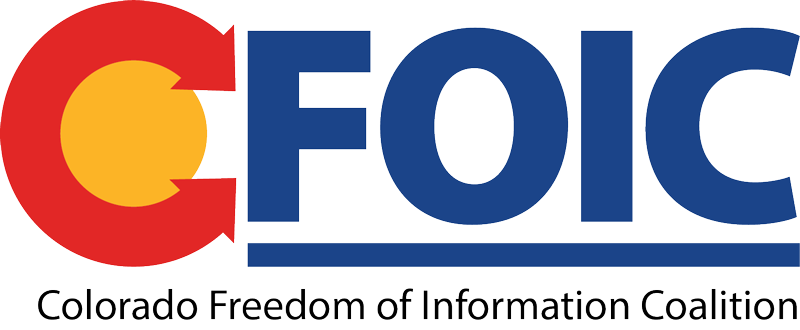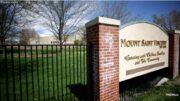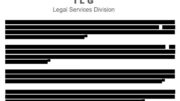By Jeffrey A. Roberts
CFOIC Executive Director
Colorado legislative leaders voted 4-1 Wednesday to test video coverage of General Assembly committee meetings in five rooms of the state Capitol complex from August to November.
Under the pilot program, live video livestreaming will be enabled for certain interim committees on the current Sliq MediaTechnologies system that now provides audio streaming of committee meetings. “Instead of having a static page, we would have a video frame up there” using already-installed cameras, said Zack Wimberly, the legislature’s senior IT manager.

The Executive Committee of Legislative Council did not commit to providing video of committee meetings for the 2026 session that begins next January. Wimberly told lawmakers the video pages for the pilot could include a message informing viewers of the program’s trial-period status.
“I would hate to set an expectation for those watching this summer that this will continue into session, and since it is a pilot, I would like for that to be clear,” said House Speaker Julie McCluskie, D-Dillon.
Colorado appears to be the only state that does not provide at least some video coverage of legislative committee meetings.
Building on research from the National Conference of State Legislatures, the Colorado Freedom of Information Coalition earlier this year browsed the websites of all 50 state legislatures and created a spreadsheet of examples. Colorado is the only state where CFOIC could not find video webcasts of legislative committee meetings. (The New Jersey and South Dakota legislatures seem to provide only audio of most committee meetings, but there is video of budget and appropriations committee meetings. Wisconsin provides video coverage via a nonprofit that operates like C-SPAN.)
The pilot will run from Aug. 1 to Nov. 1. The committee rooms selected for the test align with the upcoming interim committee schedule, according to a June 16 Legislative Council staff memo: the Old Supreme Court chambers, the Old State Library, HCR 0112, SCR 357 and the Joint Budget Committee hearing room in the Legislative Services Building.
Wimberly told legislative leaders that Legislative Council staff hope to run the pilot at no cost to the state. “Because it’s a pilot program and we’re evaluating it, the vendor understands that we’re contemplating whether we go with it or not so we’re asking them to not charge us for the pilot,” he said.
Enabling video in each committee room for the 2026 legislative session would cost $70,000 in the first year, which includes a $20,000 one-time setup fee and a $50,000 annual fee, according to an April 11 Legislative Council memo.
Senate Majority Leader Robert Rodriquez, D-Denver, voted against the pilot program, reiterating concerns he expressed in previous executive committee meetings about technological problems with the audio-only system.
A report on the pilot will be presented to the executive committee in November, according to the June 18 memo. “We intend not only to report back the pros and cons but also any feedback we get from our customers — customers meaning citizens of Colorado,” Wimberly said, adding there will be a way for viewers to comment about the pilot program on the legislature’s public testimony page.
CFOIC and some members of the Colorado Channel Authority board have been advocating for the video livestreaming of committee meetings.
“We have the technological capability to do it, and it would give the public the best access to their government, to their state government operations,” board chair Bart Miller told CFOIC last September. “And right now, they really don’t have that.”
Audio recording of Colorado legislative floor and committee proceedings began in the 1960s and is mandated by the legislature’s rules. The House started live video coverage of its floor action in 2008 after extensive private fundraising for the effort by then-Speaker Andrew Romanoff. The Senate followed suit in 2010 under then-Senate President Brandon Shaffer.
The channel authority board contracts with the Open Media Foundation to provide video coverage of floor proceedings on Comcast cable channel 165, the Colorado Channel’s website and YouTube, while Legislative Council staff handle the audio broadcasting and recording of committee work.
Follow the Colorado Freedom of Information Coalition on X or BlueSky. Like CFOIC’s Facebook page. Do you appreciate the information and resources provided by CFOIC? Please consider making a tax-deductible donation.




